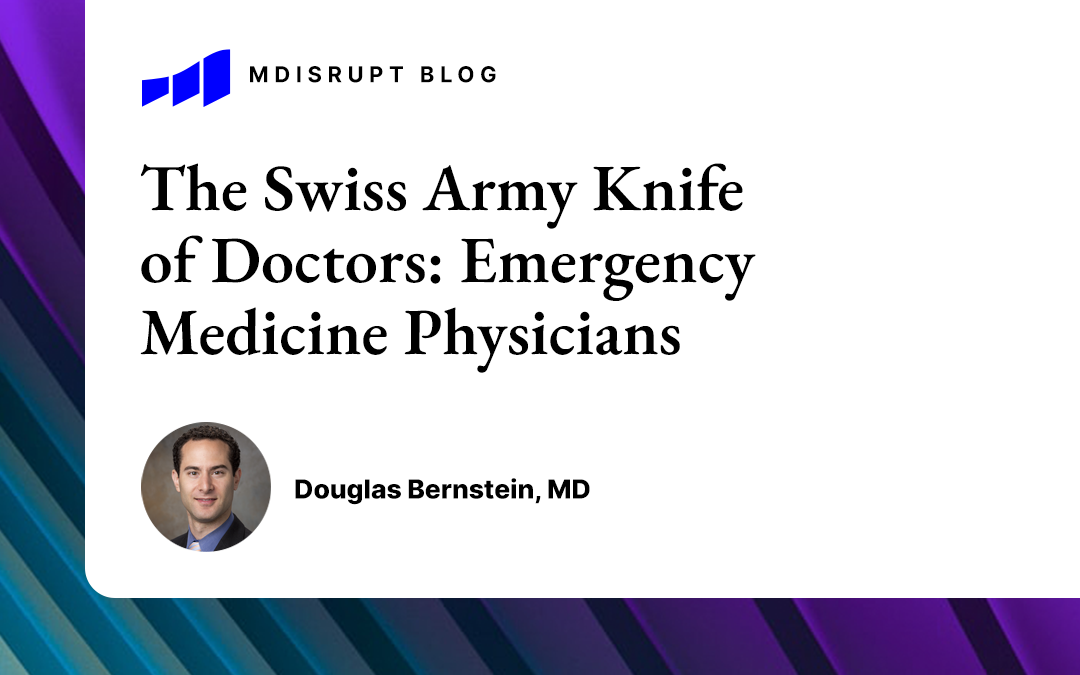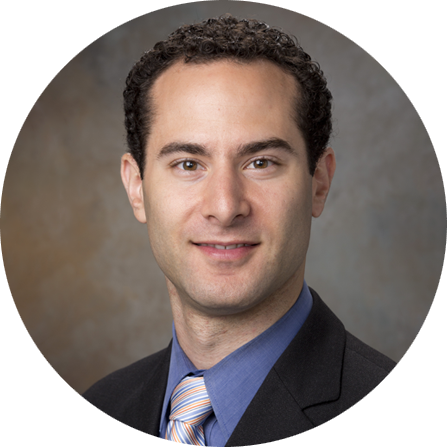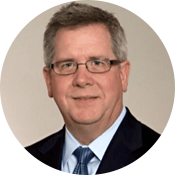
What makes a great CMO? Emergency medicine physicians are the answer

Dr. Bernstein is the Director of Clinical Operations at the Bon Secours Memorial Regional Medical Center Emergency Department, in Richmond, VA. He attended Johns Hopkins University School of Medicine, followed by internship in General Surgery at Duke University Medical Center, and residency in Emergency Medicine at Yale New-Haven Hospital. His predominant areas of administrative interest include process optimization, clinical operations, billing and documentation, and regulatory compliance. He enjoys recreation with his family on the James River, and is making a quixotic attempt to learn guitar.
Chief Medical Officers (CMOs), whether in nimble health startups or mature companies and healthcare systems, are most effective when they command a broad set of organizational and communication skills. Of course, a qualified CMO must possess clinical experience and direct knowledge of the practice of medicine. What distinguishes an exceptional CMO is her array of executive and soft skills.
Does she communicate clearly and efficiently with different stakeholders? Does she inspire confidence, trust, and loyalty from her team members? Can she be relied upon to take responsibility for critical decisions, even with imperfect information? Will she demonstrate initiative, take ownership of multiple simultaneous projects, and meet deadlines?
Companies and organizations seeking a CMO should strongly consider physicians with specialized training in Emergency Medicine (EM). The clinical expertise, team leadership, and organizational proficiency necessary for both roles map well onto one another, making experienced EM physicians prime candidates for executive leadership positions. Here’s why.
Decisiveness with Imperfect Information
EM physicians operate in a unique environment within medicine. Critical information is often unreliable or scarce—patients are often unconscious or delirious and their medical records may be unavailable. Idiosyncratic social, legal, and ethical concerns frequently complicate the clinical scenario and require individualized problem solving. Specialist physicians, hospital beds, imaging, and various resources may be difficult to come by. Significant time pressure and constant interruptions typify the Emergency Department; extreme multitasking is the norm, not the exception. With patient stretchers lining packed hallways and an unrelenting stream of ambulance arrivals, EM physicians in a busy department don’t do two things at once, they do twenty. (Sound like a startup?) Within this dynamic and complex environment, EM physicians rely on heuristic reasoning, clinical expertise, and creative problem-solving to make diagnoses and treat every conceivable medical situation, with zero tolerance for failure.
Soft Skills Matter Most
Beyond being a well-trained and smart doctor, an effective EM physician is an expert in communication and leadership. Patients and family members are often experiencing one of the worst times of their lives and may be skeptical of a strange doctor, or have limited medical literacy. Yet, to forge a therapeutic relationship, the physician needs to be able to immediately assess their emotional and cognitive needs to put them at ease and earn their trust. Most of the time, this simply starts with open-ended listening (studies show that most doctors interrupt the patient’s history within about 20 seconds; with that low a bar, any physician can be a stand out listener).
Meanwhile, to lead a diagnostic and treatment process efficiently and safely, the EM physician must gain the loyalty of diverse team members: nurses, technicians, and other physicians, who may need to be cajoled or convinced into getting out of bed in the middle of the night to attend to a specific issue. And never forget the janitor (who may be the linchpin to getting a soiled room turned over), the secretary (without whom timely calls to consultants won’t be made, delaying patient care) and the late-night cafeteria worker (mine is named Theresa; I call her “Mother Theresa”).
An EM physician who is a courteous role model and instructor for the nurses will find himself valorized and exceptionally supported. When he needs the nurses to prioritize a task, they will be there for him (“Sure, doc, I’ve got her next in line for the CT scan.”) A physician who is haughty, aloof, denigrating, or unfriendly will find himself stymied (“I’m doing five different things right now—I’ll draw those labs whenever I can get to it.”)
Emergency Physicians Understand the Healthcare Landscape
Imagine a blind man in a room who walks endlessly, probing and exploring with his fingertips. Eventually, he will know every nook and cranny like the back of his hand, allowing him to “see” the room.
An EM physician starts as the blind man. As she treats tens of thousands of patients of every age, for every medical and traumatic condition, she will be forced out of necessity to explore the boundaries and contours of the medical system. She will figure out how insurance status affects outpatient follow-up and admissions. She will experience how regulatory metrics and billing practices drive documentation and medical decision-making. She will see how reimbursement rates and private practice contracts lead to access—or lack of it—from specialist consultants. In Emergency Medicine, figuring out who is going to manage a 10-year old boy’s testicular torsion, or the large abscess on an intoxicated man’s jawbone, or a wound dehiscence from a spine surgery that was performed at a different hospital, is part of the normal routine. No other medical specialty is like this. A cardiologist or gastroenterologist, for example, while possessing a depth of knowledge in a particular corner of medicine, does not have to contend with the broader landscape in this way.
The Emergency Department is a type of crucible. The infinite social and medical complexities, combined with the unyielding need to figure out solutions to complex problems, as more patients stream through the door 24/7, forces EM physicians to probe the nooks and crannies of our healthcare system. Out of that crucible are forged physicians with a unique set of problem-solving skills and a knowledge of how the American medical system actually functions (and sometimes, how it doesn’t).
The Right Tool for the Job
The Swiss Army Knife is famous the world over for its remarkable array of useful tools. There is something addictively charming about these tools, which stems from the aspiration built into them—to be prepared for every situation—which is probably why they have become a classic coming-of-age gift. I still have the one my father gave me on my Bar Mitzvah, which we clumsily engraved with “Doug” on the small blade, and “Dad” on the large blade.
It is also why EM physicians have come to be known, among all medical specialties, as the “Swiss Army knife of doctors.” EM specialists possess an exceptionally broad range of clinical, communication, and management skills, developed by necessity in a work environment where they must rapidly confront and overcome the infinite complexities of patients who may be 3 minutes to 103 years old.
Similarly, chief medical officers need command of a variety of skills to be effective and strategic executives. The CMO will be communicating with internal team members and external partners. He may be navigating complex regulatory and investment environments. He will review data and assign out tasks, and follow up on them. He will juggle multiple—and sometimes competing—stakeholders, while delivering on short term projects and long term strategic goals.
Given the need for parallel skill sets that combine hard knowledge of clinical practice, the landscape of the American medical system, and the soft skills of persuasion, multi-tasking, and team leadership, the Swiss Army knife of physicians is often the right tool for the role of CMO.
At MDisrupt, we believe that the most impactful health products should make it to market quickly. We connect digital health innovators to the healthcare industry experts and scientists they need to responsibly accelerate product development, commercialization, adoption, and scale.
Our experts span the healthcare continuum and can assist with all stages of health product development: This includes regulatory, clinical studies and evidence generation, payor strategies, commercialization, and channel strategies. If you are building a health product, talk to us.


